The 2021 edition from October 21 to 24, 2021
Closed for works until 2024, the Grand Palais is moving to the Champ de Mars. This construction by Jean-Michel Wilmotte takes the name of “Grand Palais Éphémère”!
For the 47th edition of the FIAC, the latter hosted over 10,000 m², 160 galleries from 25 countries. In addition, the “Eiffel Gallery” has deployed other spaces.
FIAC is the 3rd Contemporary Art Fair in the world, after Art Basel (in Switzerland) and the Frieze Art Fair in London.
History of FIAC
The International Contemporary Art Fair (FIAC) is an event that takes place every year in Paris, in October, since 1974. A place of international meetings for several days, it welcomes gallery owners, collectors, curators, directors of museums and personalities from the world of international contemporary art. Jennifer Flay has directed it since 2013.
Designed like its big sister, the Basel fair, the first edition of 1974, called the International Contemporary Art Fair, it takes place at the Bastille Exhibition Pavilion (former Bastille station) in Paris. Renamed the International Contemporary Art Fair, it was held at the Grand Palais then at the Porte de Versailles exhibition center. In 1982, photography entered the FIAC, which devoted an autonomous space to it.
The 2000s
In 2006, the FIAC returned to the Grand Palais and the Cour du Louvre.
Between 2009 and 2013, Galeries Lafayette organized a support program for emerging galleries. The winner sees the acquisition of one of his works by Galeries Lafayette and the chance to present an exhibition at the Palais de Tokyo.
The first edition of the OFF (ICIELLE) fair in 2014 at the Cité de la Mode et de l’Industrie, The exhibition space was extended in 2016 to the Petit Palais, The Place Vendôme and the Delacroix Museum exhibit works on their own places, The 2018 edition takes place in 7 different places (the Grand Palais, the Petit Palais, the Avenue Winston-Churchill, the Place de la Concorde, the Tuileries Garden, the Palais de la Découverte, the Place Vendôme and the Eugène Delacroix museum.
Due to the 2020 pandemic, the FIAC and its satellites are not taking place. This year, the FIAC was held at the Grand Palais Ephémère, at the Champ de Mars, “Flying Dragon”, a work of Alexander Calder is exhibited Place Vendôme, FIAC joins forces with Artspare, an online sales platform.
In this year 2021, the works of art are mainly developing in the following directions:
Humor
See the work of Pilar Albarracin (“Georges Philippe et Nathalie Vallois” gallery), his thick carpet “You are welcome! “Is placed at the entrance … From there, he sticks his tongue out at you, unashamedly! Knowing how to laugh, not taking yourself seriously, is almost a must in Contemporary Art, “La Promenade de l’Escargot” by Annette Messager (Marian Goodman gallery) is a delightful, funny, somewhat surreal sculpture. Ditto for “Camilla, the little illuminated girl”, too nice by Pipilotti Rist (Galerie Hauser and Wirth).
Hyperrealism
With the 2 life-size female nudes, “Ariel I and Ariel II”, polychrome bronzes by John Deandrea (“Georges Philippe and Nathalie Vallois” gallery), you would think you were seeing 2 living beings! Just like the 2 statues placed at, “EAT Al’s Hamburger”, a hyperrealistic canvas by Robert Cottingham, it feels like a mischievous suggestion. Wouldn’t these 2 young women also be super good to “eat”, just like burgers! Right-thinking souls might find fault with it BUT let’s remember that Art has acquired the right to allow itself everything, including the right to have fun! “Shoes”, another hyperrealistic trompe-l’oeil painting by Tobias Spichlig (Contemporary Fine Arts gallery, Berlin).
Hyperrealism knows how to be engaged. This is evidenced by the poignant sculpture “Heads in a basket”, a magnificent bronze by Wangechi Mutu (Gladstone Gallery) which takes on the appearance of a basin whose still water remains stagnant and as if dead.
New forms of graphic expression
An immense and magnificent “Grand mas Laboratory” tapestry by Laure Prouvost (Galerie Nathalie Obadia, Paris Brussels) seeks original forms that the artist skilfully mixes with borrowings from the graphic repertoire of Flemish painters of the 15th / 16th centuries, in particular the painter Jérôme Bosch. With his masterful “Snow-covered forest” and his technique of wax painting on canvas, Philippe Cognée (Galerie Templon) takes us far and in an unprecedented way. A superb mastery of light and its effects in a range of colors limited to blacks, browns and whites. “Leaves of Grass”, an oil on canvas by Guiseppe Perone (Marian Goodman gallery), achieves new descriptive effects of greenery, by skilfully mixing an element of terracotta.
With “Sunset B”, “Cl2 E 354” and “Blue Shadow 2020”, Ann Veronica Janssens (Galerie Esther Schipper) creates a magical work. A series of 3 works brought together in the form of a glass triptych (Annealed Glass with vertical ribes. PVC Filter), invents (yes!) Incredible and moving colors, of striking beauty, according to movements and lighting.
Gert and Uwe Tobias (Contemporary Fine Arts Gallery in Berlin) create emotion with this magnificent untitled painting in which we find references to the Far East and the charm of “used objects”.
Safe values.
Gagosian plays the card of the famous artists who won membership during the 20th century! Yves Klein’s “Dry pigments and synthetic resin on wood” enchants us with his famous shade of hard blue (now called “Klein blue”). Balthus neighbors with Andy Wharhol, Rodin, Alexandre Calder…. A world famous skewer!
Revisited themes.
The “Hollywood Cream of Tartar”, a painting by Jan Van Imschoot (Galerie Templon) features a skull placed next to fruits and plants. Formerly, these compositions were called “Vanities”, this theme being supposed to recall the ephemeral aspect of life and the “vanity” of earthly goods. By adopting a more direct and stripped-down formula, the subject of “Vanities” adapts to our time.
The “Portrait of Jesemia Pineda and Sable Boykin” by Kehinde Wiley (Templon Gallery) marries the hyper-realism of the characters that he places on a painted background … which gives the impression of old ceramic tiles.
“Artistic finds” of the twentieth century having received international glory “
Presented again in a slightly different way … The four “Portraits” (ink, pastel charcoal) by Georg Baselitz (Contemporary Fine Arts Gallery in Berlin), are framed upside down. Even if the process is “déjà vu”, the effect is still striking. Ditto for Christo’s “Packed Supermarket Cart” (1963) (Anely judo Fine Arts London): a “little supermarket cart filled and wrapped in plastic, like a gift. If this cart does not present the appeal of novelty, a work of the same ilk and the same author as the “Arc de Triomphe” will delight lovers of the artist. Remember that the “Pont-Neuf” was packed by Christo in 1985.
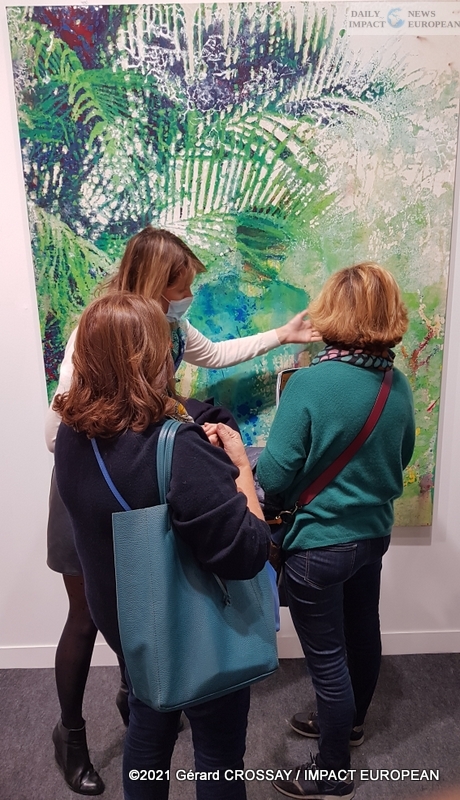
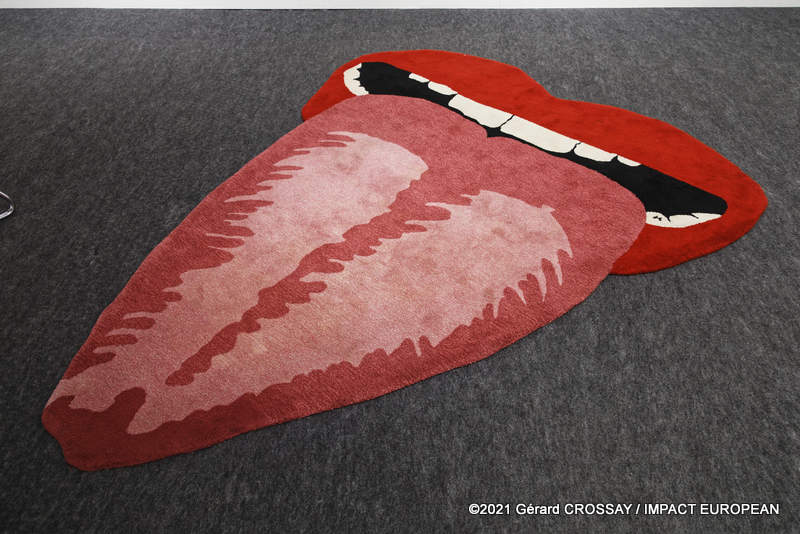
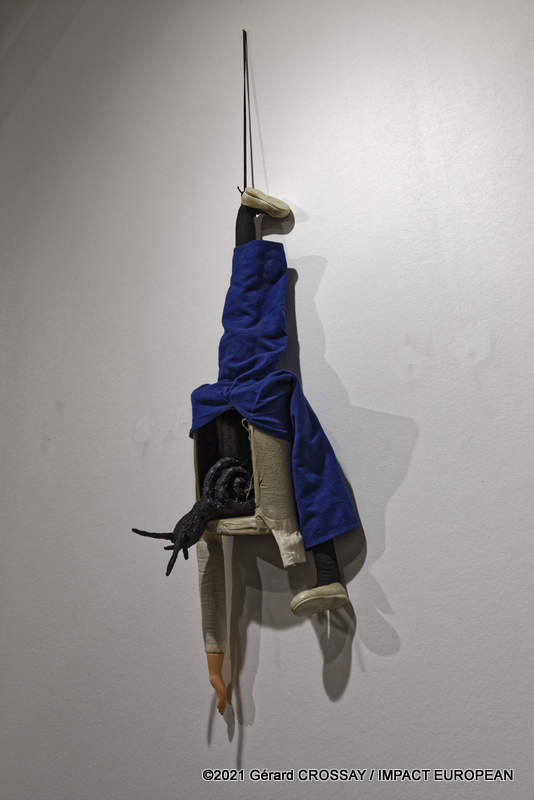
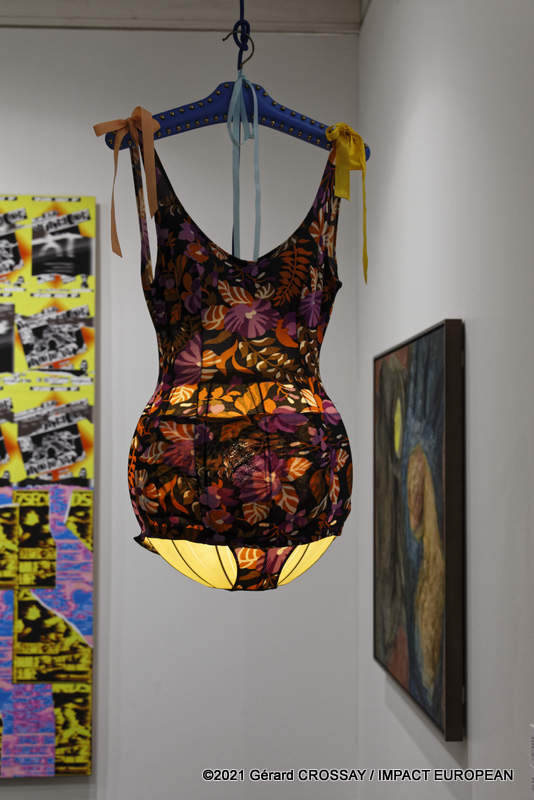
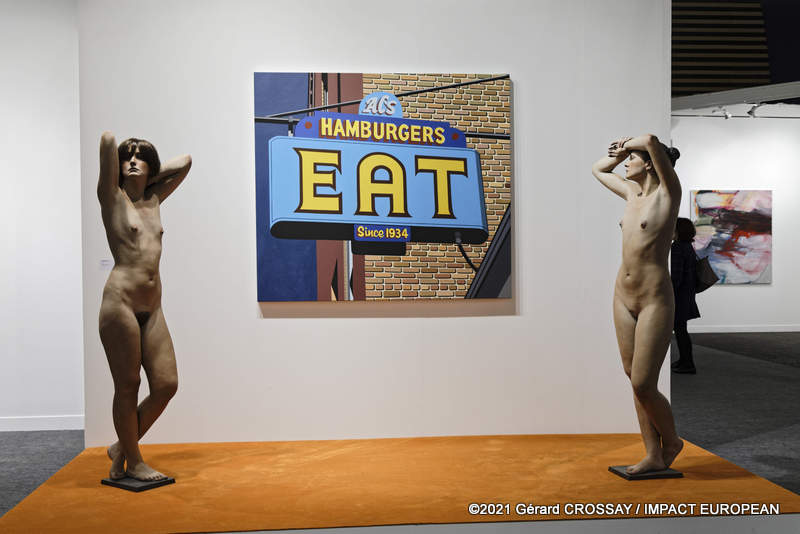

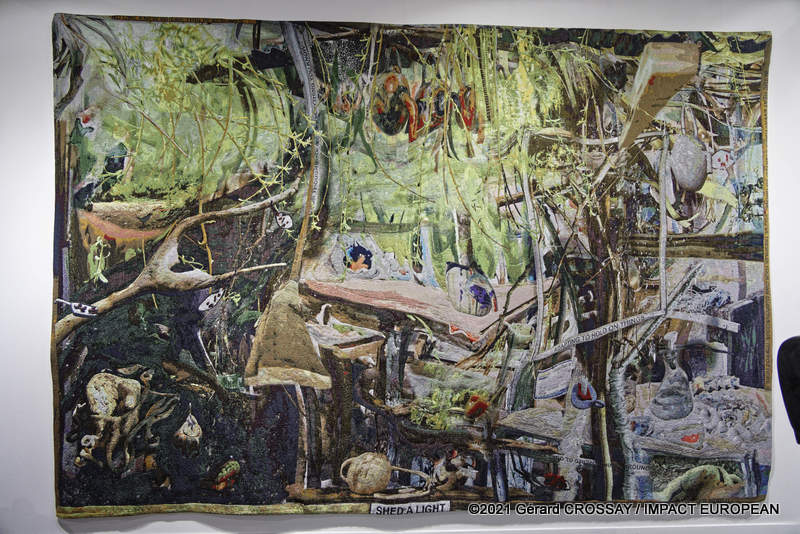


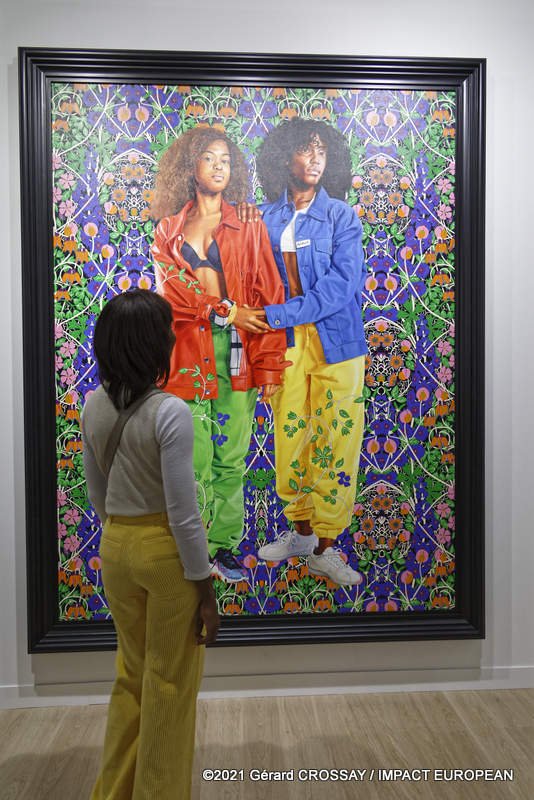
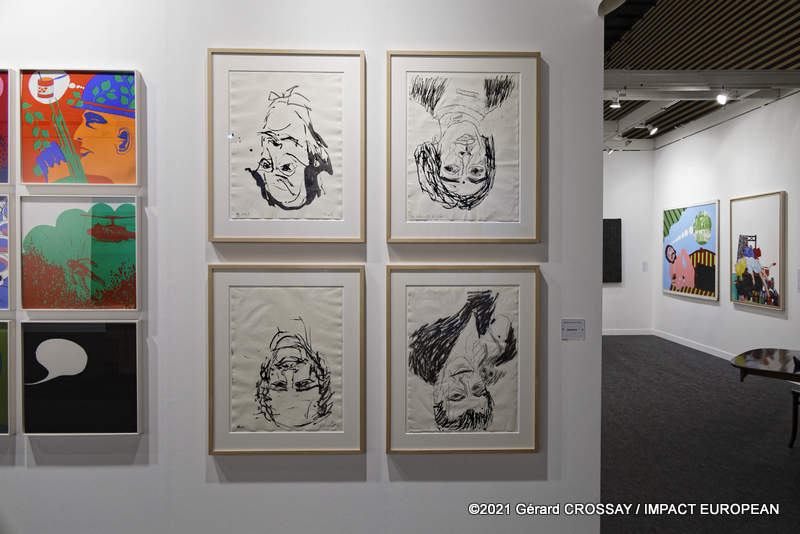
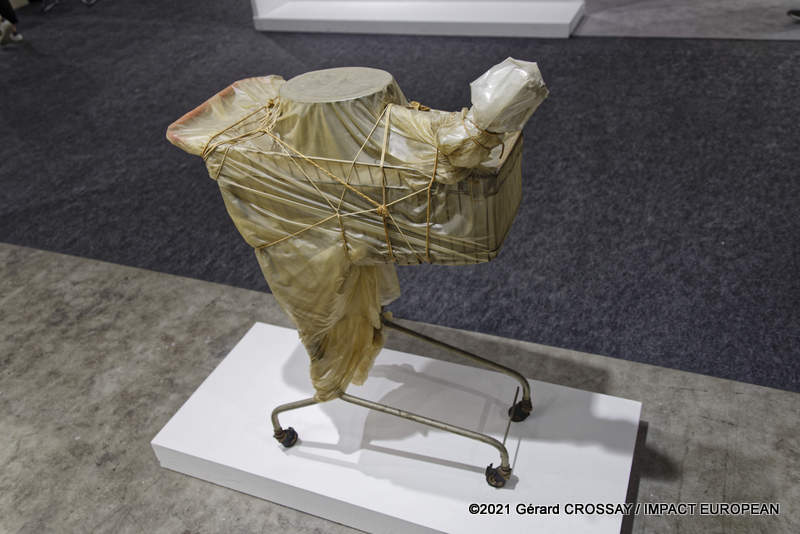
More Stories
METAL D’ALCOVE, the workshop of Eric KATZ, lighting sculptor in Montmartre
Paris Marathon 2024: Victory for Ethiopians at the Paris marathon
Gelsomina